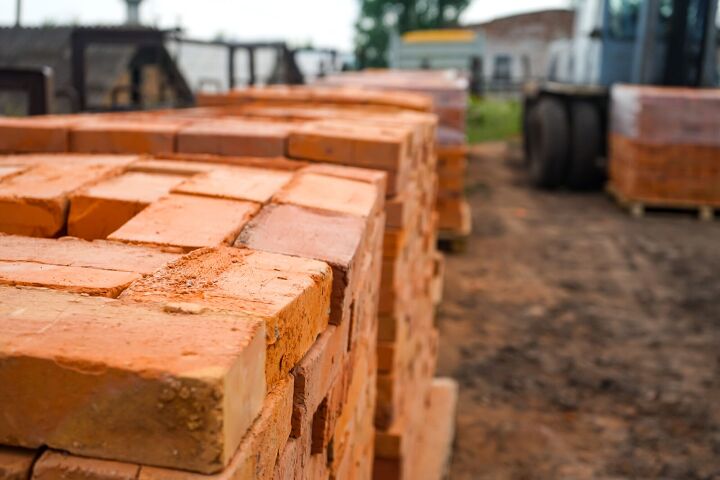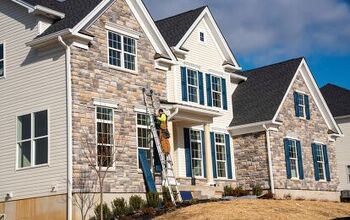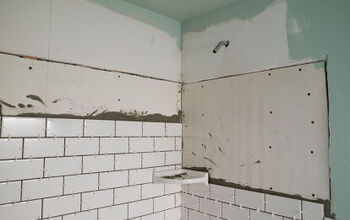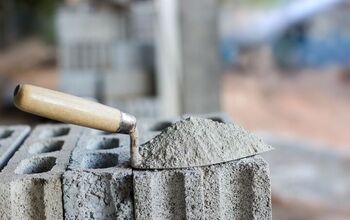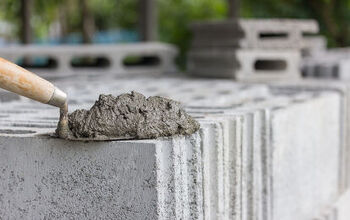Cement Bricks Vs. Clay Bricks: What Are The Major Differences?

Bricks have been used in construction for 1000s of years, dating all the way back to 7000 BC. In fact, they are considered mankind’s oldest known building material. Choosing which type of bricks you want to use is one of the most important decisions to make when planning out a project. When it comes to constructing a home, you have many options for exterior cladding.
While it may seem tempting to go with the most affordable option out there, a home is a major investment and the exterior deserves the most attention. As such, you may find yourself caught up in the big cement bricks vs. clay bricks debate. In fact, homeowners and contractors alike consider these common options without having an understanding of the differences between the two.
Although both cement and clay bricks can yield appealing and structurally sound walls, they differ in terms of strength, rate of absorption, weight, energy efficiency, longevity, and more. Let’s explore all of these differences in detail to determine which type of brick is best for your project.
Do You Need Concrete, Brick, or Stone Pros?
Get free, zero-commitment quotes from pro contractors near you.

Cement Bricks vs. Clay Bricks
The term “brick” describes a building unit that is made out of molded clay. However, nowadays, it can refer to any sort of clay or stone based unit that is used in construction and joined with cementitious mortar. In most cases, bricks are roughly 4 inches wide, 8 inches long, and can vary in terms of thickness.
While both clay bricks and cement bricks can offer structural integrity and appeal, they differ considerably and have their own unit list of pros and cons. With that said, here are the major points you should consider when you’re deciding between cement bricks and clay bricks on your next construction project.
1. Basic Description
Before we dive too deeply into specifics, it’s important to know the most basic definition of each of these types of bricks.
- Cement Bricks: The term “cement brick” is used interchangeably with “concrete bricks.” Concrete is technically the correct term as these bricks are made by combining Portland cement water, and appropriate aggregates. They may or may not also include other materials. Though, cement is never used on its own in the creation of bricks. Cement bricks are commonly used for building retaining walls.
- Clay Bricks: A classic form of bricks, these are created by pressing wet clay into molds, drying them, and then firing them in kilns. These are among the oldest building materials, found in many ancient structures and some of which are still standing today. They are essentially solid masses of hardened clay, usually reddish in color.
2. Compressive Strength
To understand their individual strength, let’s look at the average compressive of each:
- Cement Bricks – compressive strengths range from 3,000 to 4,000 psi, on average.
- Clay Bricks – compressive strengths range from 8,000 to 10,000 psi, on average.
As is evident above, clay bricks are 2.5 to 3 times stronger than their cement counterparts. However, the strength of a brick will depend on the mortar that is used to hold them up. For instance, mortars that are primarily lime are weaker than those made of mostly cement. Lime-dense mortars hold 350 psi on average, while mortars that are high in cement can hold up to 3000 psi.
3. Rate of Absorption
The power of a brick to absorb water is measured by the rate of absorption. In most cases, you want your bricks to have a relatively low absorption rate. Clay bricks absorb about 15 to 35 grams of moisture per minute per sq.ins, while cement bricks absorb between 40 and 80 grams per minute per 30 sq.in.
With this in mind, cement bricks absorb about 2 to 3 times more moisture than clay. You’ll especially notice this after a downpour. When compared to clay, walls that are made of cement bricks often stay wet for several days after a heavy rainstorm.
For this reason, many cement brick manufacturers will add a moisture repellent to help combat water-related issues. Though, this same additive should also be added to the mortar in order to be most effective. This can add to the overall cost of installation – approximately $3.00, on average, for a bag of the appropriate mortar.
4. Weight
Both cement and clay bricks are exceptionally heavy building materials. However, their specific weight will vary based on their size, thickness, the materials used, and the construction application. Standard clay bricks weigh about five pounds each, while an eight-inch cement brick can be as much 43 pounds.
5. Longevity
In short, clay bricks have a much longer lifespan than cement bricks. To put things in perspective, the average lifespan of cement bricks is between 60 and 100 years. Whereas, some clay bricks have been known to persist for 1000 years, and potentially even longer.
6. Variety
Fortunately, this is one area where clay and cement are similar. They both come in a wide array of textures and colors, based on your needs and aesthetic desires. Some textures and bricks with holes that you normally see with cement are also available in clay form. However, one important thing to consider is that cement bricks have more of a tendency to fade over time than clay.
7. Movement
Most building materials with experience some movement in response to the change in weather conditions. As such, all building materials must properly compensate for these movements that occur. Clay bricks will typically expand over time, while cement bricks shrink. Structures made using clay bricks are commonly constructed without the use of movement joints.
Unless you have an especially large home, you should still follow this rule of thumb. Though, it is recommended to account for expansion around doors and window openings. When it comes to cement bricks, due to their tendency to shrink, these structures may be more prone to cracks. In this case, joint reinforcing steel is required to reduce the risk of cracks due to shrinkage.
8. Energy Efficiency
Undeniably, homes constructed using clay bricks are more energy-efficient than the alternative. This has to do with the fact that these bricks are known for their exceptional thermal mass that shields the interior of a home from the cold and heat of the outdoors. Because of this, you can expect to save quite a bit of money on your heating and cooling bills, regardless of your climate.
9. Cost
Of course, the cost of bricks varies based on the type, as well as the application. The average homeowner usually spends between $340 and $850 for 1,000 bricks. Reference the table below for the differences in price per brick for cement vs. clay.
| Brick Type | Average Price Per Brick |
| Clay | $0.40 to $0.90 |
| Cement (Concrete) | $0.50 to $5 |
As you can see, cement bricks tend to be more expensive than clay bricks. Though, the actual price will also vary based on the size of the bricks and cement bricks are commonly purchased in much larger sizes.
Do You Need Concrete, Brick, or Stone Pros?
Get free, zero-commitment quotes from pro contractors near you.

Final Thoughts
Choosing the exterior cladding of your home is a major decision. Not to mention, it is likely one of the biggest factors of your budget. Although bricks are considered one of the pricier options, when you compare cement bricks vs. clay bricks, you can see the major advantages in terms of longevity and return on investment.
Whether you choose to go with cement or clay, you’ll save time and money on maintenance over the years, enjoy energy efficiency, and achieve a very visually appealing exterior for your home.

Jessica considers herself a home improvement and design enthusiast. She grew up surrounded by constant home improvement projects and owes most of what she knows to helping her dad renovate her childhood home. Being a Los Angeles resident, Jessica spends a lot of her time looking for her next DIY project and sharing her love for home design.
More by Jessica Stone



